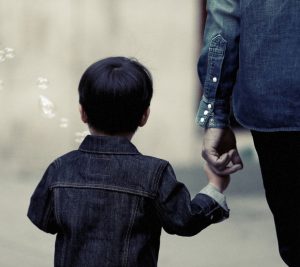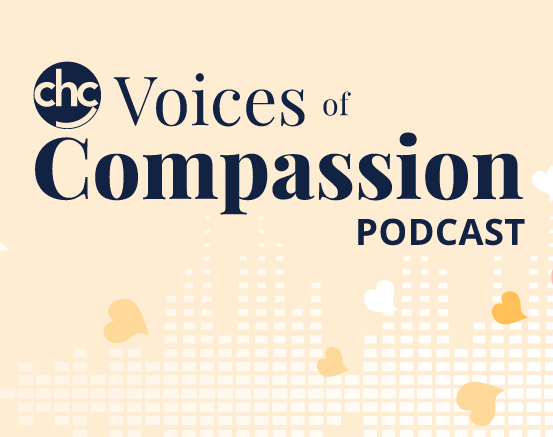Kindergarten Transitions Are Never Easy. But the Pandemic Has Made Them Harder.
 In an ordinary year, a child’s entrance into kindergarten is a major milestone for students and their families. Some kids enter more prepared than others, with more support and more exposure to formal educational settings. Other children will have experienced nothing like it before.
In an ordinary year, a child’s entrance into kindergarten is a major milestone for students and their families. Some kids enter more prepared than others, with more support and more exposure to formal educational settings. Other children will have experienced nothing like it before.
This year—in the throes of a pandemic—those challenges are compounded for students and parents, but also for teachers and school leaders.
Many districts saw significant drops in kindergarten enrollment this year—an average 16 percent decrease, according to NPR—as some families chose homeschooling or opted to hold their child back a year. Meanwhile, children who might otherwise be enrolled in preschool are sitting out of early childhood programming.
Problematically, many of those children may lack the school readiness that their older peers were afforded in kindergarten, due to the pandemic’s impact on social interactions, structured learning experiences, and consistent, high-quality instruction.
Before the pandemic, Friends of Children of Mississippi, a nonprofit Head Start provider that oversees early childhood programming in 20 counties, would take rising kindergarteners to their new public schools for an in-person visit. The kids would get a tour of the school, go into kindergarten classrooms, meet teachers and mingle with other kindergarteners, all of which helped to set expectations and dispel nerves.
With the pandemic, that wasn’t an option, says Cathy Gaston, executive director of Friends of Children. Instead, her staff chose to replicate the experience virtually.
Those elements of the transition are important, says Laura Bornfreund, director of early and elementary education at New America. But she notes that the kindergarten transition is not a “single point in time” limited to meet-and-greets and readiness packets and family orientations.
Some kindergarteners won’t have been to preschool as planned. Some first graders will have skipped kindergarten. Even the fact of being back for face-to-face learning may be an adjustment for many kids.
“Educators need to be equipped and prepared to address children’s different learning needs, developmental needs,” Bornfreund says. “Classrooms will need to look differently and feel differently.”
Key to success will be aligning with families and child care providers about where each child is developmentally and what they need. “When [kindergarten] can be more connected and aligned to children’s previous early childhood experiences, that’s just all the better and [more] helpful to create a smoother transition,” Bornfreund says.
One of the challenges educators will likely face, given that many children have missed out on learning experiences or have not been learning in optimal conditions, is setting realistic expectations for where students are developmentally, academically and social-emotionally when they enter kindergarten.
“Sitting for extended periods, sharing, waiting their turn, walking in a line—those things are going to have to be remodeled and retaught,” Bornfreund explains. “Those expectations need to be in place to give space and time for that from the beginning and for building community in the school and strong relationships in the classroom.”
Excerpted from “Kindergarten Transitions Are Never Easy. But the Pandemic Has Made Them Harder.” in EdSurge. Read the full article online.
Source: EdSurge | Kindergarten Transitions Are Never Easy. But the Pandemic Has Made Them Harder., https://www.edsurge.com/news/2021-04-16-kindergarten-transitions-are-never-easy-but-the-pandemic-has-made-it-harder | © 2011-2021 EdSurge Inc.
If you have concerns about your child, CHC Care Managers can arrange a free 30-minute consultation so you can explore options with an expert. We invite you to call or email our Care Managers at 650.688.3625 or careteam@chconline.org to set up an initial Parent Consultation appointment. CHC teletherapy services are available now.





